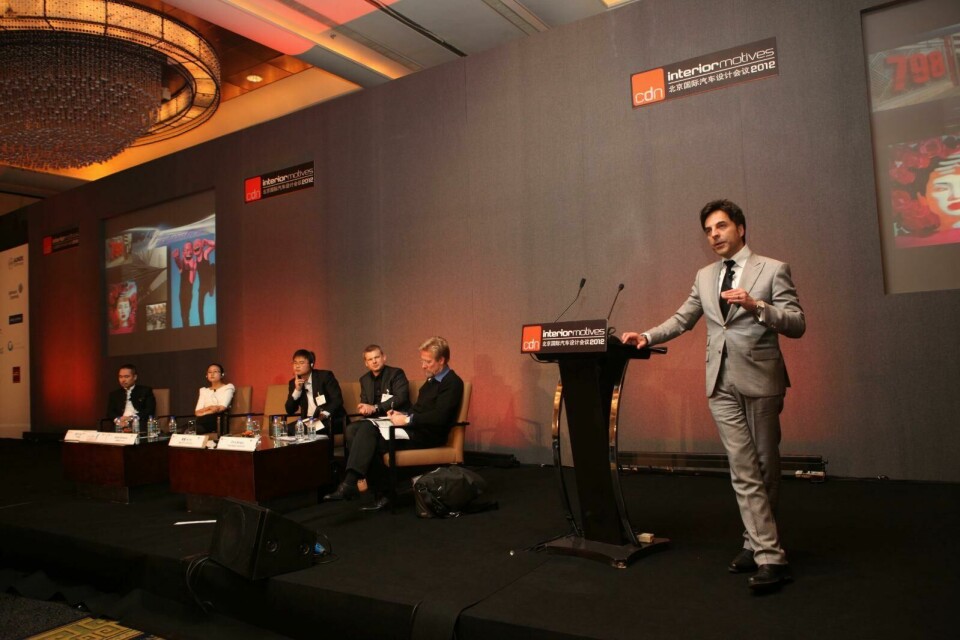
Interview: Daniel Darancou, Chief Designer for CH-Auto
It seems that with so many brands now in China we have reached saturation point. Do you think there’s still space for more?





CDN It seems that with so many brands now in China we have reached saturation point. Do you think there’s still space for more?
DD The proliferation of brands is perhaps a little confusing to the average guy on the street and for companies to start creating yet more might be hard in such a brand-rich environment unless it’s a very specific car that requires a brand.



CDN It sounds like your role is incredibly broad - from marketing and strategy at one end right through to hands on engineering design at the other.
DD As a designer coming with a lot of experience from a huge tank as a small fish to now being a big fish in a small pond it really challenged me and drew on my 25 years of experience working on every part of the car.
I never thought that having worked on under-hood components or interior design would have benefitted me so much. So I can draw on my GM experience and the lessons I took and use them as the baseline for some of the discussions we have out here.
CDN It seems CH-Auto runs a similar model to the Italian design houses. They developed a house style over time regardless of which brands they worked for. Is that something you’re keen to create?
DD That’s a perfect analogy. Eventually we’ll have to do this in order to be not only recognized and sought-after, but also stand apart. Design in this country is an unknown commodity and the OEMs don’t know how to leverage a company like ours. So part of my travels and exposure to these companies is to show them that is an alternative to Europe.
In the last 10 years the styling resources for the Chinese were Italdesign [Giugiaro], Bertone and all the other big Italian houses. Developing a car in Italy is a lot of fun. They sent all their executives over to Torino and they and they came up with some amazing cars that are now on the road.
But the problem is the distance and communication issues - you can’t just fly out an engineer because you have a manifold issue for example. Speed is very critical now.
There’s so much market need that’s starting to be filled by companies like ours. There are currently four major design companies here in China. In 10 years there might be 20. We’re the biggest, the first and the most recognized.
CDN What’s your view on the C-Factor? The theory that we must find a distinctly Chinese design language?
DD The people here are so brand aware and image-conscience that with the money they make they will hold out and purchase a real iPad or a real pair of Levi’s and what’s funny is that they can buy a fake iPad or a fake pair of Levi’s for one tenth of the cost but they want the real deal.
So they don’t want their cars to be similar a European car. The era of borrowing design language from a known brand are gone. They want a design or brand represents a mirror of their success.
There’s also the question of the C-Factor - what is the spice that makes it Chinese? What characteristic communicates Chineseness? We’re not there yet because that is the $64,000 question. There was a trend to slap a tiger or a dragon on a car and call that Chinese.
The Chinese find that insulting, kitsch and insincere. Chineseness will evolve and it will not come from one applied thing, it will be the whole car. The gesture and attitude will emerge as the deciding factor
What I tell the Chinese students I work with is that right now, in China, this discovery period is the most fun you will ever have because Europe and North America there are certain things that can not be done.
But these guys are blazing their own trail. I was a judge on the Interior motives going on two years now and the leap in quality of the designs was amazing! This pace tells the whole story of China.
Related articles:
Design Essay: Western designers heading East ![]()
Beijing motor show 2012 highlights




